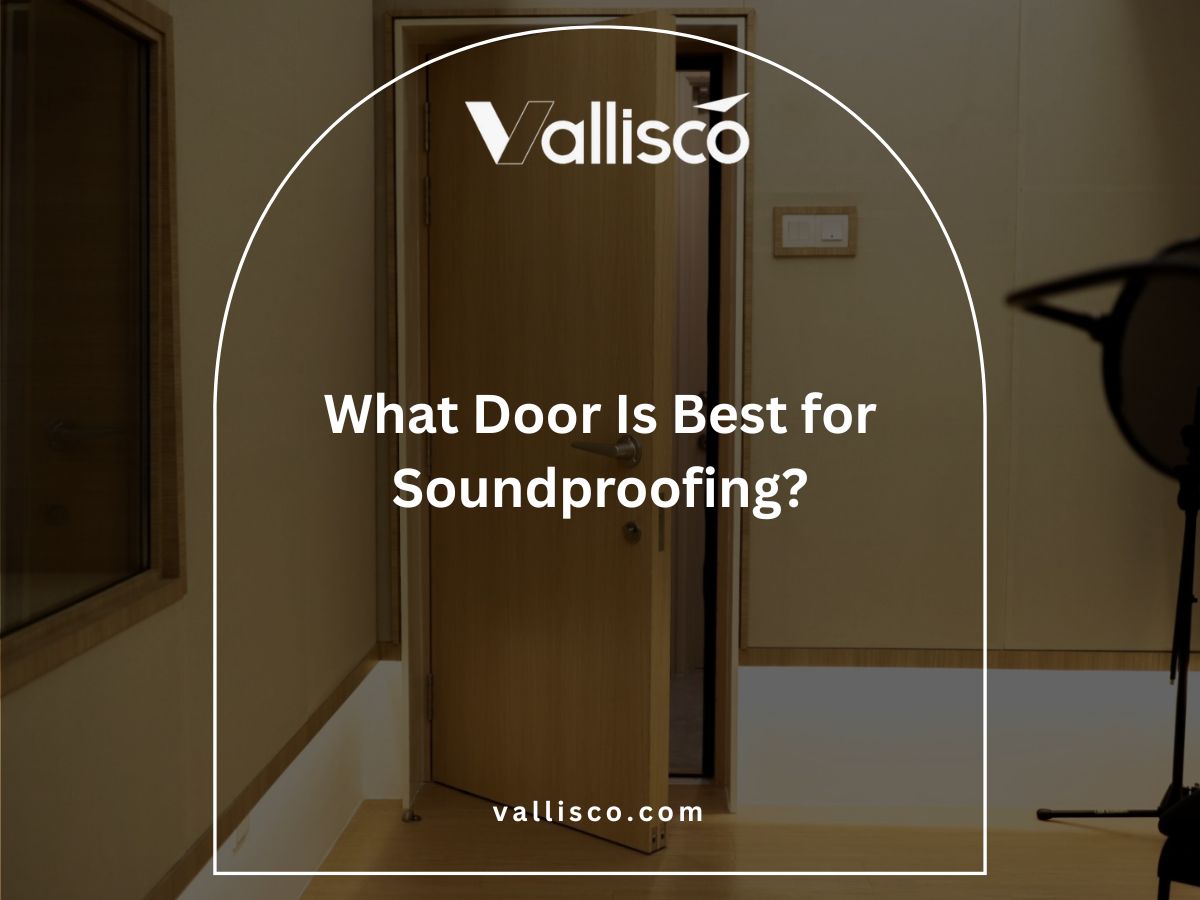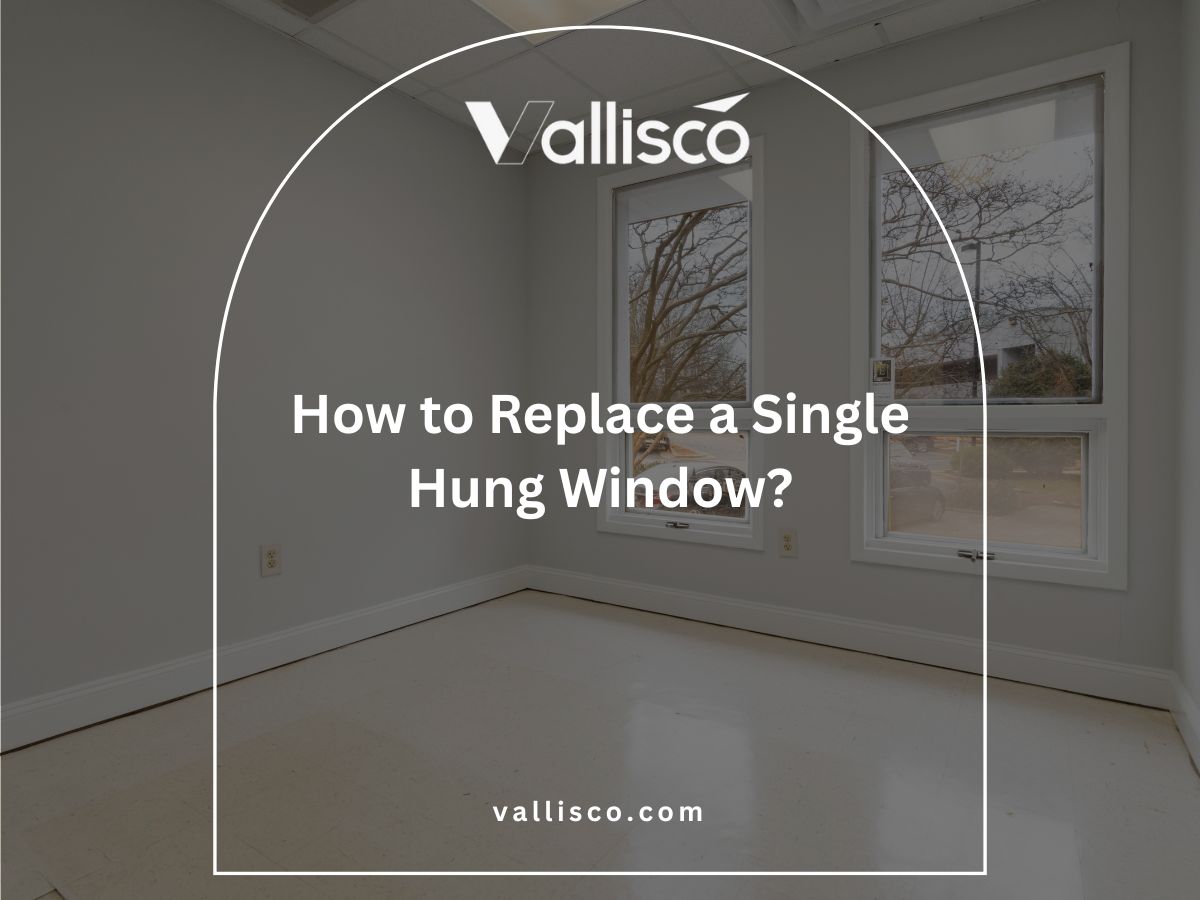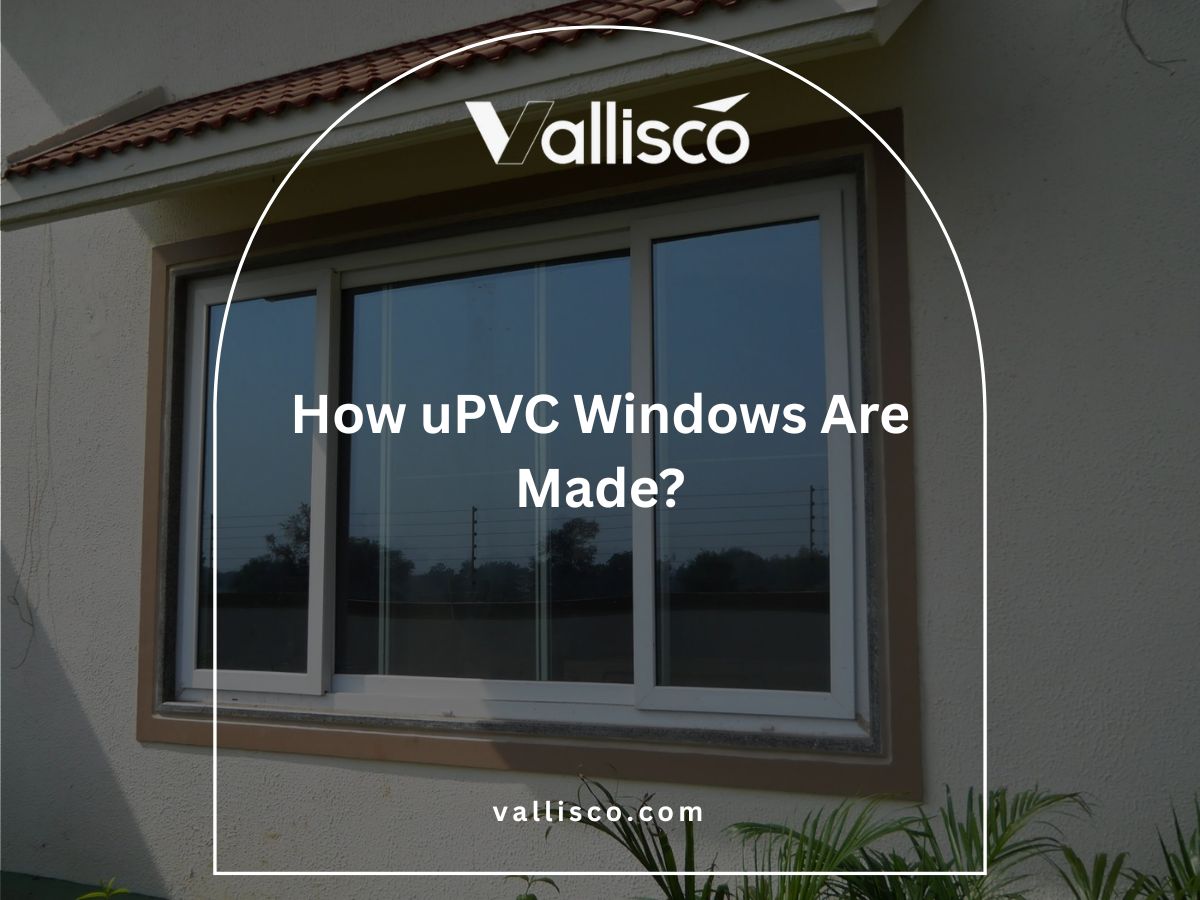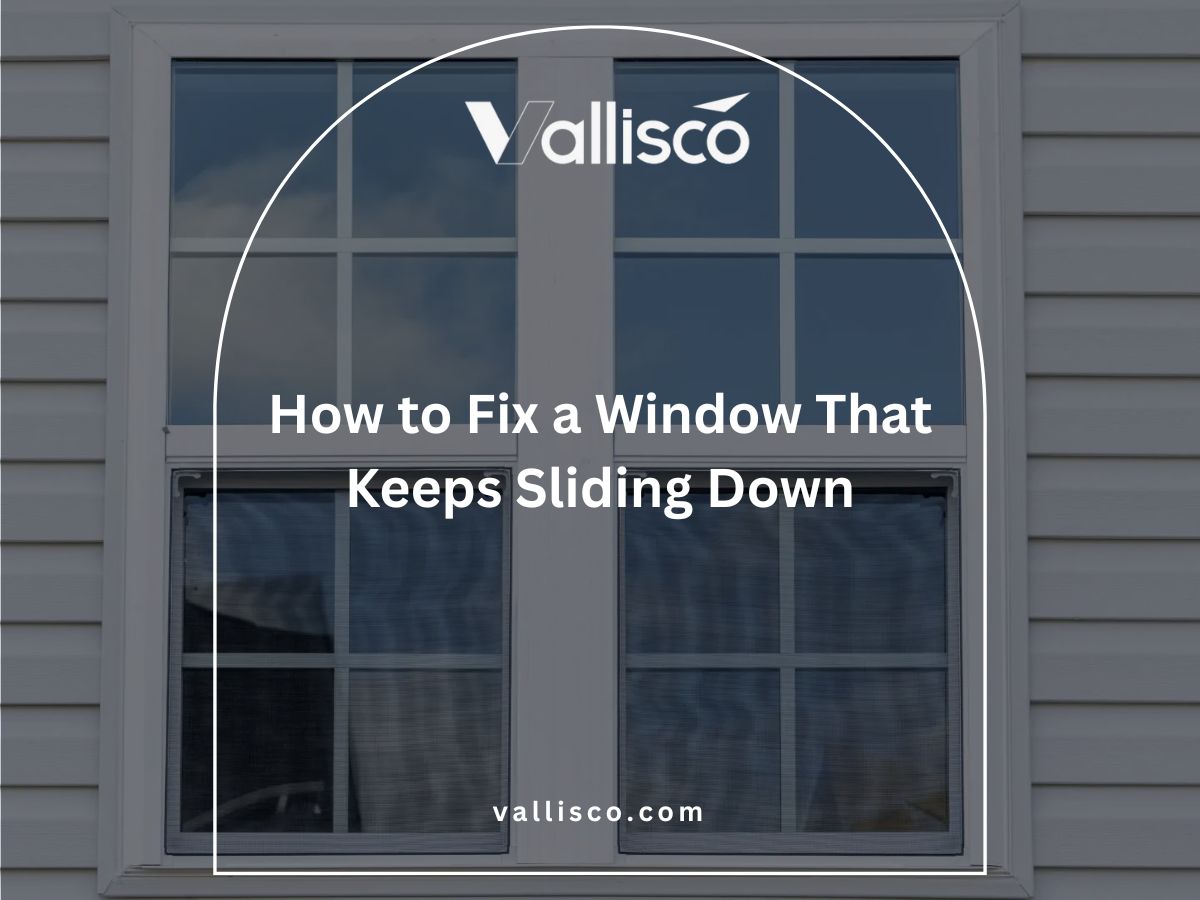Last year, I visited a greenhouse café where the saloon doors blended perfectly with the warm wood interior. It reminded me how small details can make a big impact on customer experience.
If you’re planning a change like that, it helps to know your options before placing an order.
I’ve worked with both large hospitality groups and private property owners, supplying and advising on commercial saloon doors for many years. This experience means I know what fits different spaces and budgets.
In this buyer’s guide, we’ll look at types, materials, installation, and care tips. You’ll find clear answers that match your buying goals.
The right door choice starts here.
Let’s begin!
1. What Are Commercial Saloon Doors?
I’ve seen saloon doors used in many types of properties, from hotels to greenhouse cafés, and each time, they do more than just fill a doorway. They manage traffic flow, set a visual mood, and make spaces easier to work in. If you’ve walked through a half-height swinging door into a dining area or kitchen, you’ve already experienced their practical side.
These doors are different from standard hinged doors. They swing in both directions, return to a center position, and can be made in various sizes for commercial use. For you and your team, the right saloon doors can help staff move freely while keeping areas divided for guests.
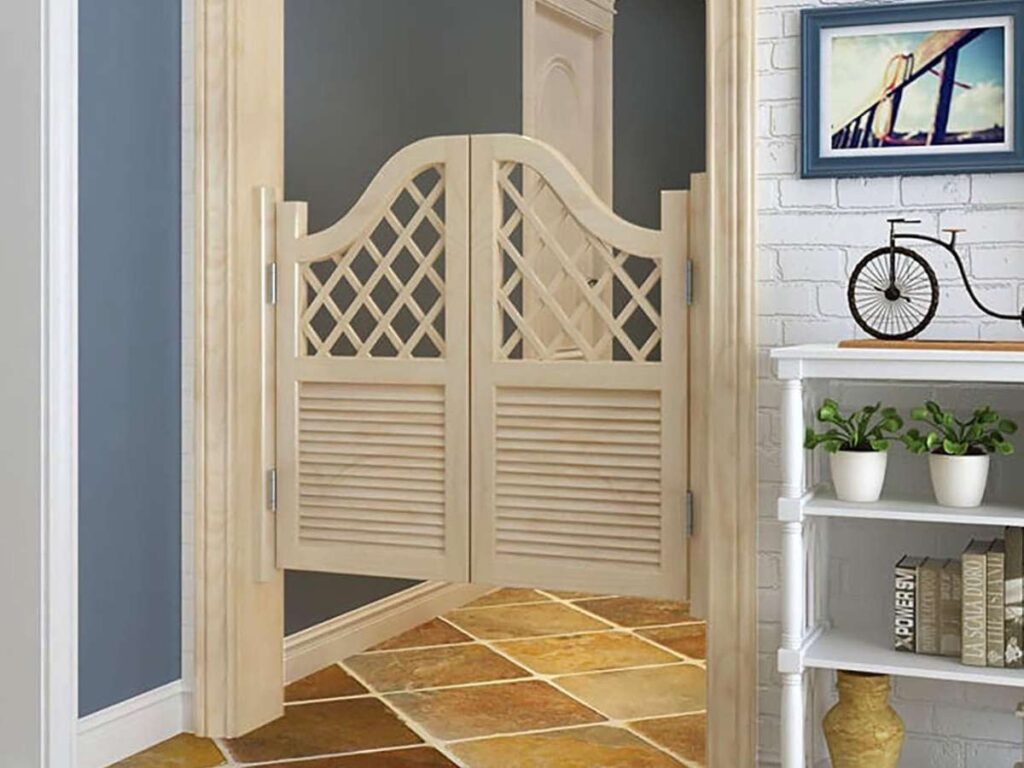
2. Key Features to Look For
When I help clients choose commercial saloon doors, I always focus on the details that will matter in daily use. You want doors that not only look right for your property but also work well for your staff and guests. The features below are worth checking before you place an order.
- Material Quality: The material affects how the doors look, last, and handle wear. Wood offers warmth and can match many interiors, while metal stands up well in busy or humid spaces. Think about the environment where the doors will be used before making your choice.
- Swing Mechanism: A double-action hinge lets the doors swing both ways and return to center. Good hinges should feel smooth and quiet, even after heavy use. This helps maintain a professional atmosphere in guest-facing areas.
- Size and Proportion: The height and width need to match your opening and your purpose. Half-height doors keep spaces open while still marking a boundary, while full-height versions give more privacy. Accurate measurements are key here.
- Finish and Appearance: The finish should match your property’s style and withstand the cleaning routine your team uses. Painted, stained, or powder-coated options all have different strengths. I recommend thinking about long-term upkeep as much as the initial look.
- Ease of Maintenance: In a busy environment, you don’t want doors that take too much time to clean or repair. Look for designs that let you replace hinges or panels without removing the whole unit. This can save you downtime and extra costs later.
3. Types of Commercial Saloon Doors
Over the years, I’ve seen how different styles of saloon doors fit different types of properties. You might want a certain look for guests or a specific function for staff areas. The table below can help you compare your options quickly:
| Type | Description | Best For | Pros | Cons |
| Paneled | Solid panels, often wood | Hotels, villas, dining rooms | Classic look, good privacy | Can block airflow |
| Louvered | Slats that allow air to pass | Greenhouses, kitchens | Good ventilation, lighter weight | Less privacy |
| Half-Height | Covers lower half of doorway | Cafés, B&B service areas | Keeps space open, easy access | Minimal sound control |
| Full-Height | Tall like a regular door | Private staff rooms, storage | More privacy, stronger barrier | Can feel heavier |
| Mixed Material | Combines wood, metal, glass | Modern hotels, boutique spaces | Custom look, versatile | May cost more |
| Themed Designs | Styled for a certain décor | Themed inns, event spaces | Matches property theme | Limited to specific styles |
Your choice depends on where the doors will go, how they’ll be used, and the image you want to present. A good match between style, function, and location will make the investment worthwhile.
4. Safety, Accessibility, and Building Code Tips
When I work with hotels, inns, or villas, I always remind clients that style is only part of the decision. Safety, ease of access, and meeting regulations are just as important. This section will help you think through these points before you commit to an order:
Fire Safety and Emergency Access
In many commercial spaces, doors must meet fire safety standards. While most saloon doors are not fire-rated, you need to check that they won’t block emergency routes. Keep pathways clear and avoid any design that might slow down evacuation.
It’s also important to know if your property has fire inspection rules that cover door placement. A quick review of local requirements can prevent costly changes later.
Accessibility for All Guests
Your doors should work for everyone, including guests with mobility challenges. This means considering width for wheelchairs and smooth operation for those who may not have full strength in their arms.
For half-height saloon doors, think about how the swing motion affects people using mobility aids. The hinges should allow easy movement with minimal force. Taking these steps helps you create a space that is welcoming to all visitors.
Hinge and Swing Safety
Double-action hinges are common for saloon doors, but they can cause pinched fingers if not designed well. Look for models with covered or enclosed hinge points. Soft-close or controlled-swing hardware can also reduce the chance of injury in busy areas.
I’ve seen properties replace their hinges within a year because they picked low-grade parts. It’s worth choosing hardware that will last and keep movement safe over time.
Compliance with Local Building Codes
Different regions have different building rules, especially for commercial properties. Before placing an order, confirm that your chosen door style meets those codes. This can include height limits, clearance, and how far the doors can swing.
If you’re unsure, a quick consultation with a local building inspector or contractor can save you delays. I often help clients by checking these details early in the process so we avoid surprises during installation.
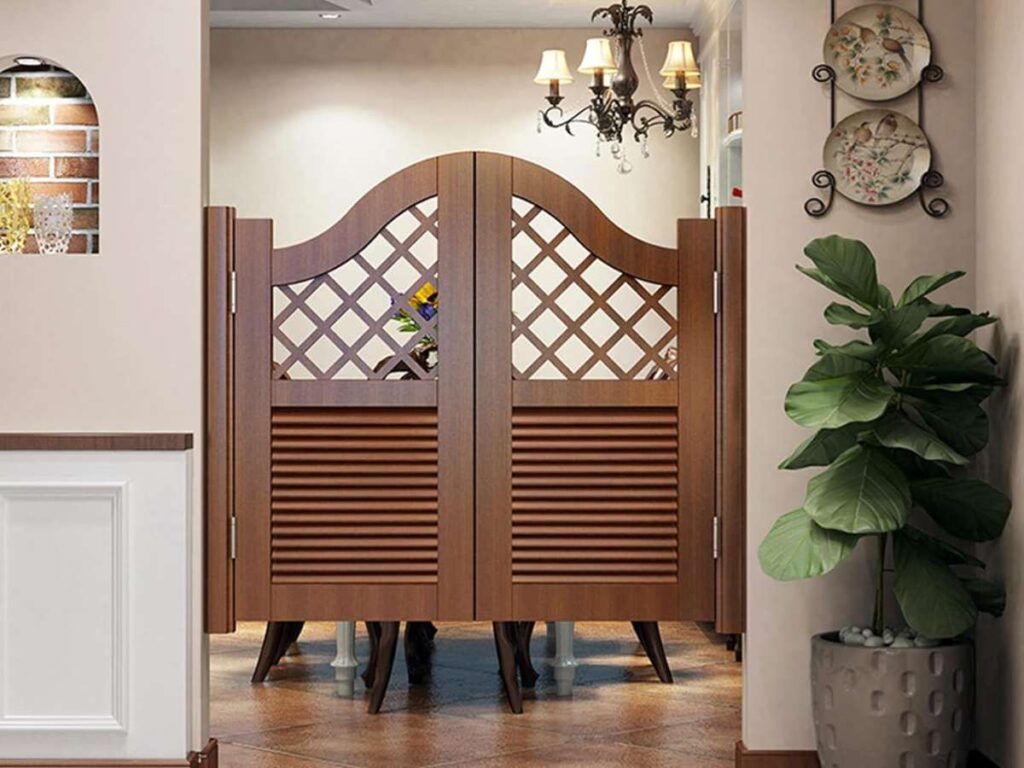
5. Cost Breakdown and Budget Planning
I know from working with property owners and engineering teams that buying commercial saloon doors is about more than the price tag. You want something that looks right, lasts, and fits your budget. This section will help you see where the money goes and how to plan for it:
Cost Breakdown
- Materials: The biggest cost factor is the material. Solid wood often costs more than metal or composite, but it can offer a warmer look. Mixed materials or glass inserts can add to the total.
- Size and Customization: Larger doors or non-standard sizes cost more due to extra material and labor. Decorative features, special finishes, or themed designs can also raise the price.
- Hardware and Hinges: Quality hinges and swing mechanisms are worth the investment. Low-cost hardware can wear out quickly in busy spaces, leading to higher long-term costs.
- Finishing and Coating: Protective finishes like powder coating or weather-resistant treatments add to the upfront price. These can help avoid damage to humid or high-traffic environments.
- Installation: Professional installation costs more than DIY but reduces the risk of fitting issues. Some suppliers include installation, while others charge separately.
Budget Planning
- Set a Realistic Range: Start with a budget range instead of a single number. This gives you flexibility when comparing different materials or styles.
- Consider Long-Term Costs: Cheaper doors may need more repairs or earlier replacement. Investing in durable materials and hardware can save money over time.
- Get Multiple Quotes: Comparing quotes from several suppliers can reveal big price differences. Make sure each quote includes the same specifications for a fair comparison.
- Plan for Maintenance: Factor in cleaning, hinge lubrication, and any expected replacement of parts. This is especially important for high-use areas.
- Leave Room for Extras: A small buffer in your budget can cover unexpected costs, such as hardware upgrades or adjustments during installation.
6. Where to Buy Commercial Saloon Doors
The best place to buy commercial saloon doors depends on your priorities, whether it’s cost, speed, quality, or customization. You might already have a trusted supplier, but it’s worth exploring other sources to compare value. Below are the main options and what you should know about each
Local Suppliers and Distributors
Working with a local supplier gives you the advantage of seeing products in person before buying. You can check material quality, swing action, and finishes up close. Local suppliers often have shorter delivery times and can provide faster after-sales service.
They may also be familiar with local building codes and can guide you in choosing doors that meet those requirements. The trade-off is that selection can be limited compared to larger online marketplaces. Pricing may also be higher, especially if they import products in small batches.
Online Retailers and Marketplaces
Online sellers often have a wide range of styles and price points. You can compare dozens of options in a short time, making it easier to find a match for your budget and design goals. Many also provide detailed specifications and photos so you can review the details before making a decision.
The main drawback is that you can’t physically inspect the doors until they arrive. Shipping times and costs can also vary, especially for large or heavy orders. If you go this route, check seller ratings and return policies to avoid problems later.
Direct from Manufacturers
Buying directly from the manufacturer can give you better control over design, size, and materials. This option is ideal if you’re ordering multiple sets for a hotel or other large property. Direct sourcing can also reduce costs by cutting out middlemen. Vallisco manufactures doors with a range of designs suited for both hospitality and residential projects.
However, lead times can be longer, especially for custom specifications. Communication is key, make sure you get detailed drawings, production timelines, and warranty terms in writing. If you work with an overseas manufacturer, consider logistics and import requirements before finalizing your order.
7. Final Checklist Before You Order
I’ve seen projects run smoothly when the right checks are done before placing an order. Skipping these steps can lead to delays, extra costs, or doors that don’t work as expected. Use this checklist as a last review so you and your team can move forward with confidence:
Measurements and Fit
- Confirm Width and Height: Measure the opening at multiple points to catch any unevenness. This helps avoid gaps or doors that don’t align.
- Check Clearance: Make sure there’s enough space for the doors to swing fully without hitting walls or furniture. Consider overhead fixtures as well.
- Account for Floor Level: If the floor is uneven, you may need adjustments to keep the doors level and moving smoothly.
- Match Door Proportion to Space: Larger rooms can handle taller doors, while smaller spaces may work better with half-height designs. Proportion affects both look and usability.
Material and Hardware
- Select the Right Material for the Environment: Wood may suit a dry dining area, while metal or composite can handle moisture in greenhouses or kitchens.
- Review Finish and Coating: Choose a finish that can handle the cleaning products and routines your staff uses. This can extend the life of the doors.
- Pick Durable Hinges: High-quality hinges handle more cycles and reduce long-term maintenance. Avoid low-grade hardware that wears quickly.
- Consider Additional Features: Soft-close hinges or anti-pinch designs can improve safety and comfort, especially in high-traffic areas.
Supplier and Compliance
- Verify Supplier Reputation: Look for reviews, past projects, and references to gauge reliability. Vallisco is one example of a manufacturer known for producing commercial doors that meet high quality standards for hospitality and residential projects.
- Confirm Lead Time: Make sure the production and delivery schedule matches your project timeline. Delays can affect opening dates or renovations.
- Check Compliance with Local Codes: Confirm that your doors meet local building, fire, and accessibility standards before ordering.
- Understand Warranty Terms: Read the warranty carefully to know what’s covered and for how long. This protects your investment if issues come up.
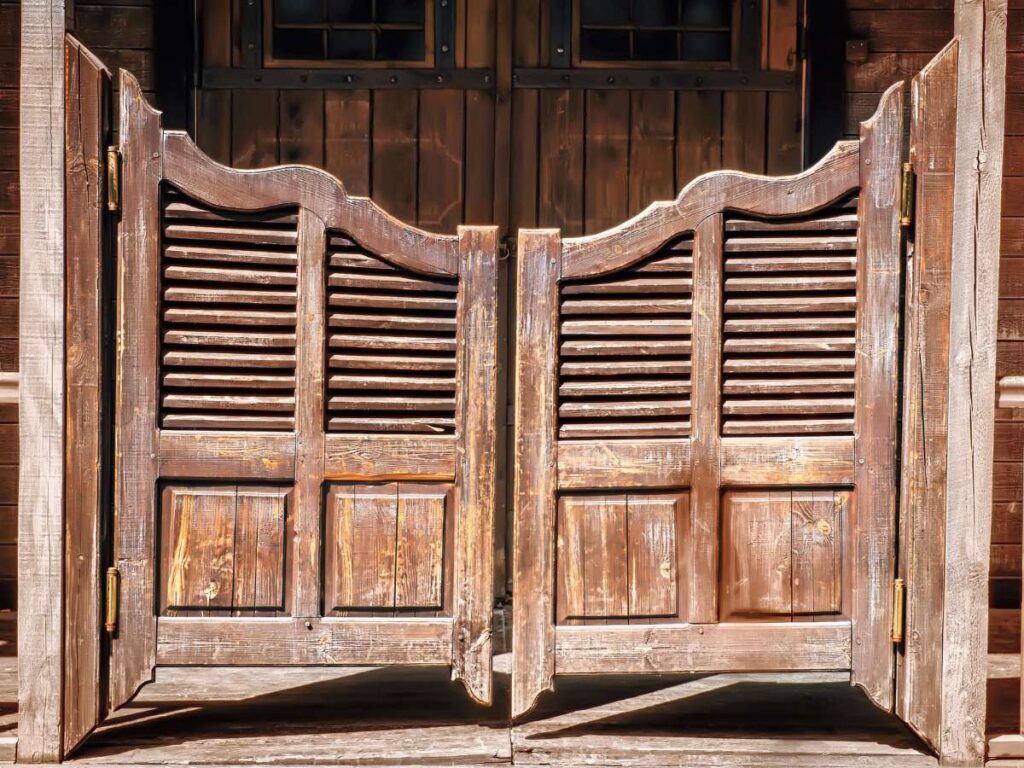
Conclusion
That greenhouse café I visited proved how the right saloon doors can shape a space. From materials and safety to budget and suppliers, you now have the key points to guide your decision.
The right choice will serve your property well for years.
If you’re ready to explore options that fit your project, Vallisco offers quality doors built for commercial use.
Contact us today to discuss your needs and get started on your order.
Learn More: Recommended Reads
Want to see more products? We’ve got plenty of options that might just be the perfect fit for you:
Still haven’t found what you’re looking for? Don’t hesitate to contact us. We’re available around the clock to assist you.



